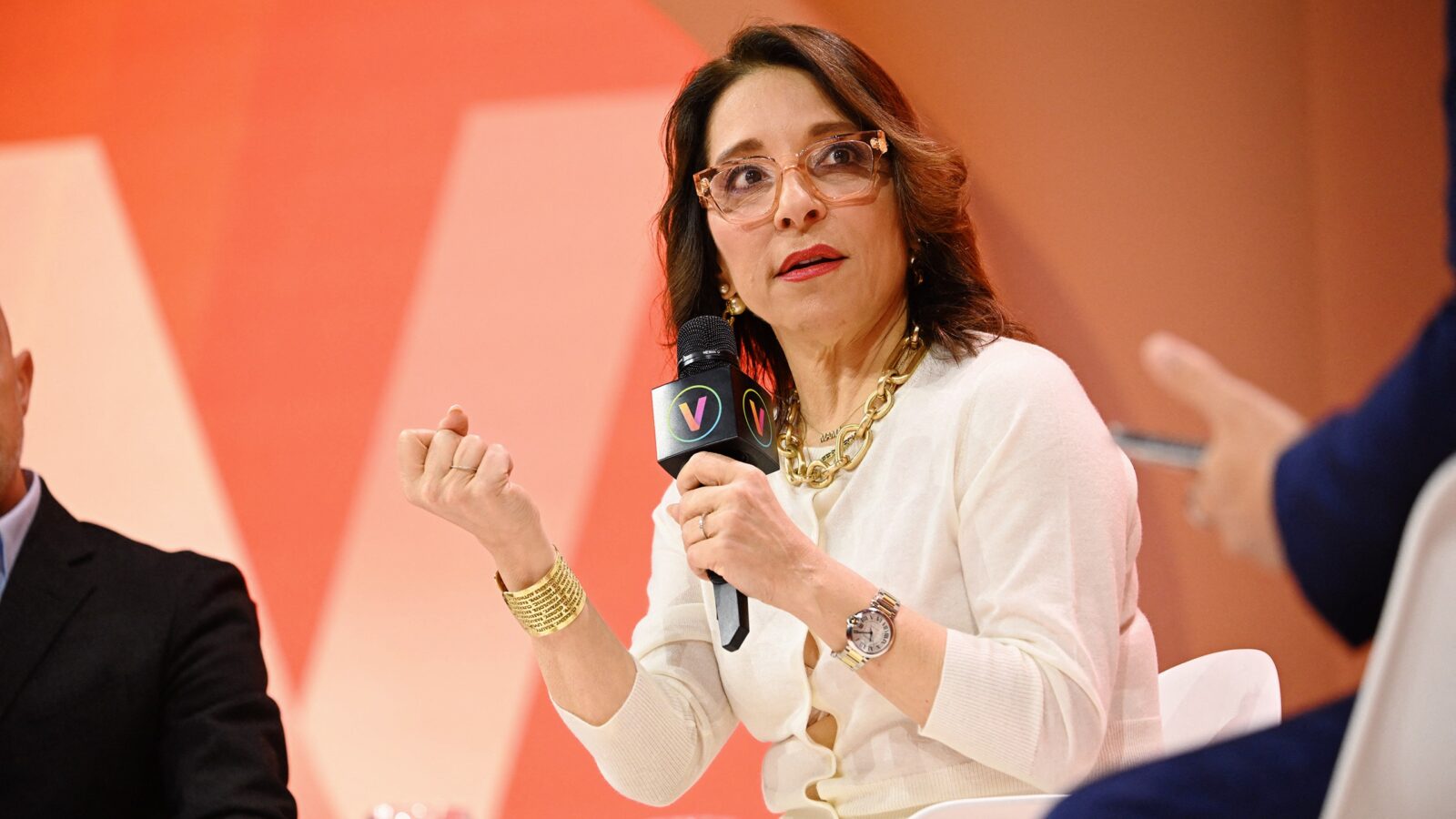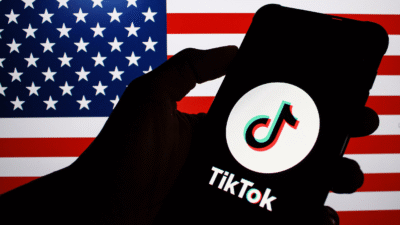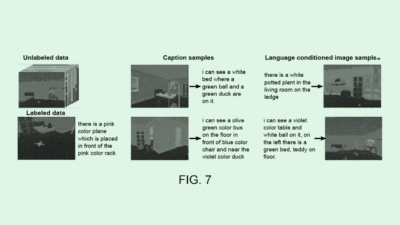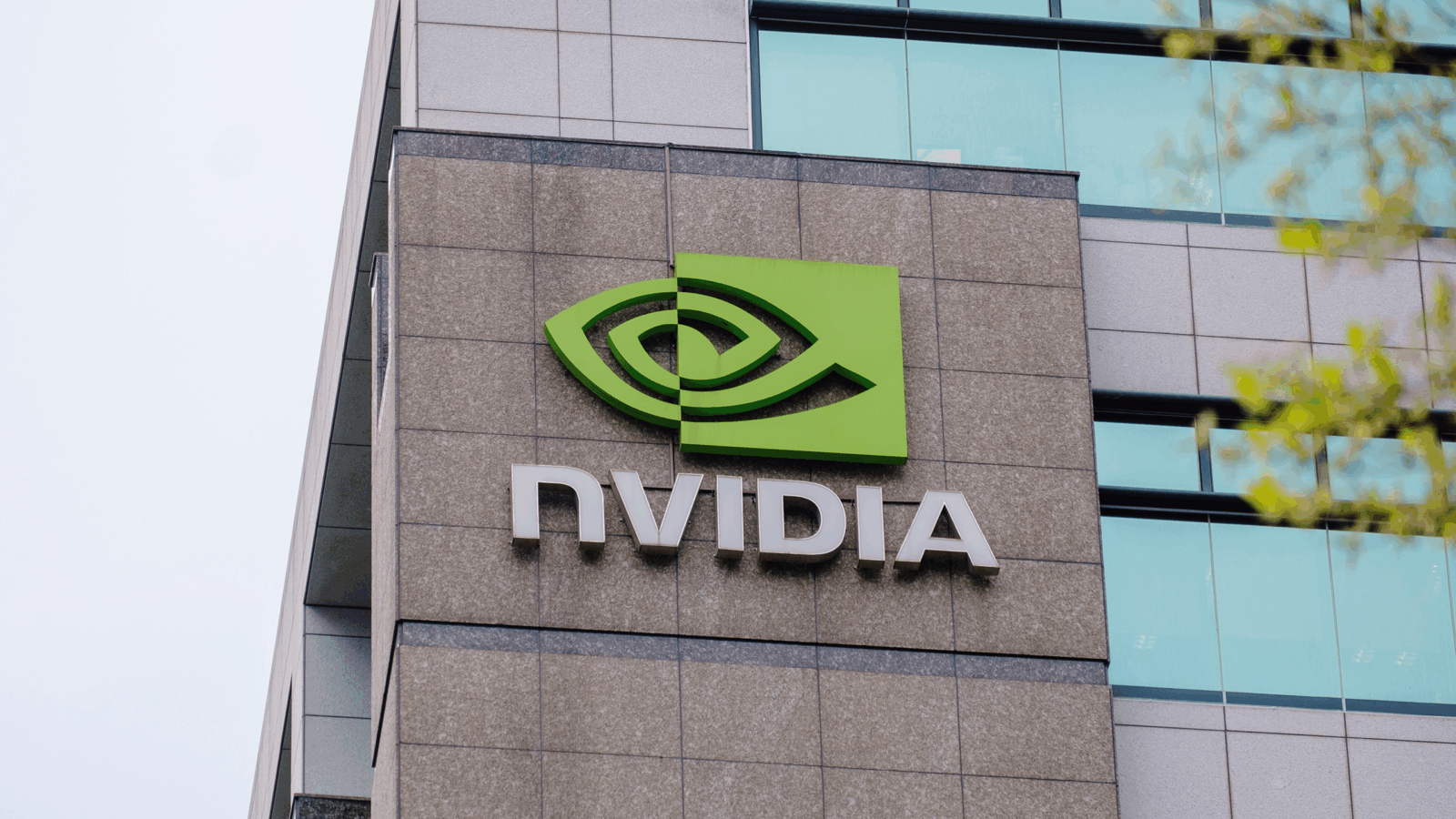America’s Shortening Attention Spans are Corporate Gold
The stakes for media and tech companies have never been higher, even if attention spans have never been shorter.

Sign up for smart news, insights, and analysis on the biggest financial stories of the day.
Disney, Netflix, and Warner Bros. Discovery aren’t just competing against each other, they’re competing with Instagram and TikTok and podcasts and sports and gambling and Fortnite and books and BookTok — and everything and everyone else vying for the same lucrative but finite prize: your attention.
It’s the modern-day attention economy: an all-out battle for eyeballs fought across the internet, television, and beyond. If your mind wanders as you scroll through an online article — pulling toward a game of Wordle or a YouTube video the next tab over like a moth to a light — trust us, you’ve got company. We’re constantly warding off, or succumbing to, the siren song of… something else. Anything else.
For media — both the old-world Hollywood kind and the new-world kind with an internet connection — the stakes have never been higher, even if attention spans have never been shorter.
Attention Deficit
So just how fleeting is our attention these days?
- According to research by the University of California, Irvine, the average American adult today tends to focus on a screen for about 47 seconds before clicking away or tending to something else.
- In 2012, the researchers found the average attention span to be around 74 seconds; when they began studying attention spans 20 years ago, that figure was closer to 150 seconds.
In fact, that 47-second average has been observed across studies for the past six years or so, Gloria Mark, Chancellor’s Professor in the Department of Informatics at the University of California, Irvine and author of the book Attention Span, told The Daily Upside. The decline, she added, has been exponential, not linear.
Coincidence or not, some of the most dramatic shrinkage began six years ago, coinciding with the international debut of TikTok. But it remains anyone’s guess whether our brains are fried from short-form videos and 240-character limits or whether these platforms have achieved massive popularity precisely because they cater to our shrinking attention spans.
“We really can’t ascertain causality,” Mark told The Daily Upside. “You can almost think of it as cyclical. Platforms are shrinking, they are putting constraints on the amount of content. We also know our attention spans are getting shorter. We don’t know what’s causing what.”
Professor Mark is also among the experts who believe social media platforms don’t fit the clinical definition of addiction. Mark defines “habitual” social media “overuse” as a common and identifiable problem.
Be Reels: Whatever or whoever is to blame for our shrinking attention spans, giant internet platforms are targeting them. Shorter attention spans mean users spend even more time with content optimized for short attention spans: quick videos and digestible content.
Meta and Google have spent the past few years chasing the short-form video trend sparked by TikTok, launching Instagram Reels and YouTube Shorts (Meta has also expanded Reels’ short-form video player to nearly all its apps). And the format has proven to be a powerful and engaging way to capture attention — and a critical growth tool for expanding their massive advertising businesses:
- Total ad spending on social media and user-generated video platforms in the US hit nearly $94 billion in 2023, an increase of roughly 15% year-over-year driven almost entirely by short-form videos, according to a recently published Advertising Market Outlook Report by market intelligence firm Advertiser Perceptions.
- Advertiser Perceptions also projects total ad spend for the category will increase another 14% this year and 11% in 2025, with nearly all the growth from short-form video.
Last year, Meta said that up to 200 billion Reels videos were watched every day across Instagram and Facebook, up from 140 billion in 2022. Meanwhile, Google last year said 2 billion logged-in users watched Shorts every month, up from an average of 1.5 billion monthly logged-in viewers in 2022.
Beast Mode: Americans have spent more time watching YouTube — where longer videos are still allowed and consumed at a considerable clip — than Netflix or any other streamer for 14 consecutive months, according to a recent Nielsen report. One reason for that is something called “retention editing.”
The technique features fast cuts, loud noises, flashing lights, and anything else that can keep eyes glued to screens — especially in the opening few minutes. Two seconds without a smash cut or edit could be considered too long.
The point: If you can’t be short, be extra engaging.
It’s a style most credited to MrBeast (real name: Jimmy Donaldson), a 25-year-old YouTube creator who used the tactics to propel his YouTube channel to 250 million subscribers, good for the second most on the platform behind Indian record label and music video distributor T-Series. MrBeast earned an estimated $82 million from his videos between June 2022 and June 2023, more than double any other online creator, according to the Forbes Top Creators list. It’s why the retention editing style has been imitated across the platform.
“These mediums and platforms have times and periods where they go through different styles of content,” Nick Cicero, who teaches social media and digital marketing at Syracuse University, recently told The Washington Post. “There’s this overwhelming bubble of a certain type of editing style right now. This is the retention editing period.”
That’s All Folks: For Hollywood, an industry built on the feature-length film, the 44-minute television drama, and the 22-minute sitcom, the shrinking attention span may just represent an apocalyptic asteroid — especially among younger viewers.
A study of the media habits of over 400,000 families published earlier this year by parent control software maker Qustodio found that kids are increasingly spurning traditional longer-form formats for short-form alternatives:
- In 2023, Qustodio found that children ages 4 to 18 spent 112 minutes daily watching TikTok videos, up from 107 minutes the year before.
- Netflix, the most popular streaming service for the cohort, saw time spent decrease to 46 minutes in 2023 from 48 minutes in 2022, while runner-ups Disney+ fell to 31 minutes and Amazon Prime Video dropped to 27 minutes.
Of course, Hollywood may also be the originator of our attention-shrinking complex. In a study of over 15,000 movies, James Cutting, a psychologist at Cornell University, found that the average length of a shot before an edit or cut fell from around 12 seconds in 1930 to around 2.5 seconds by 2014.
“There have been a couple of studies that show that when kids are exposed to fast-paced videos, they do have shorter attention spans after that exposure,” Professor Mark said.
Quick Bite: At least one Hollywood legend saw the attention apocalypse coming: former Disney chairman and Dreamworks co-founder Jeffrey Katzenberg. In 2020, Katzenberg launched Quibi, a streaming service focused on highly produced short-form video that infamously crashed and burned in all but eight months.
Whatever you think of Quibi, it was ahead of its time. In the first quarter of 2024, more than 60 streaming platforms specializing in Quibi-style short-form productions, such as ReelShort and DramaBox, have generated record revenue of $146 million in global consumer spending, according to data from app intelligence firm Appfigures. That’s an 8,000% increase from last year.
So are short-form soap operas the future of entertainment — The Young and the Restless for young and restless minds? Perhaps, but the human brain is dynamic. Trends spur counter-trends, and tastes can shift quickly. Last year, TikTok began allowing creators to upload videos up to 10 minutes long, and Meta quickly followed suit on Reels. And even MrBeast himself has veered toward slower-paced, longer videos with more engaging storytelling and less attention-grabbing gimmicks, urging fellow creators to do the same. Last summer, a three-hour biopic about a quantum physicist scored nearly $1 billion at the summer box office, and later a Best Picture Oscar.
“[The average attention span] could get shorter, it could also stay the same. It could also get longer, we just don’t know,” Professor Mark said. “Maybe society does a course correction and decides to get rid of Twitter and get rid of TikTok. And let’s instead expose people to longer forms of content.”
If you made it to the end of this newsletter, you may be a trendsetter.











